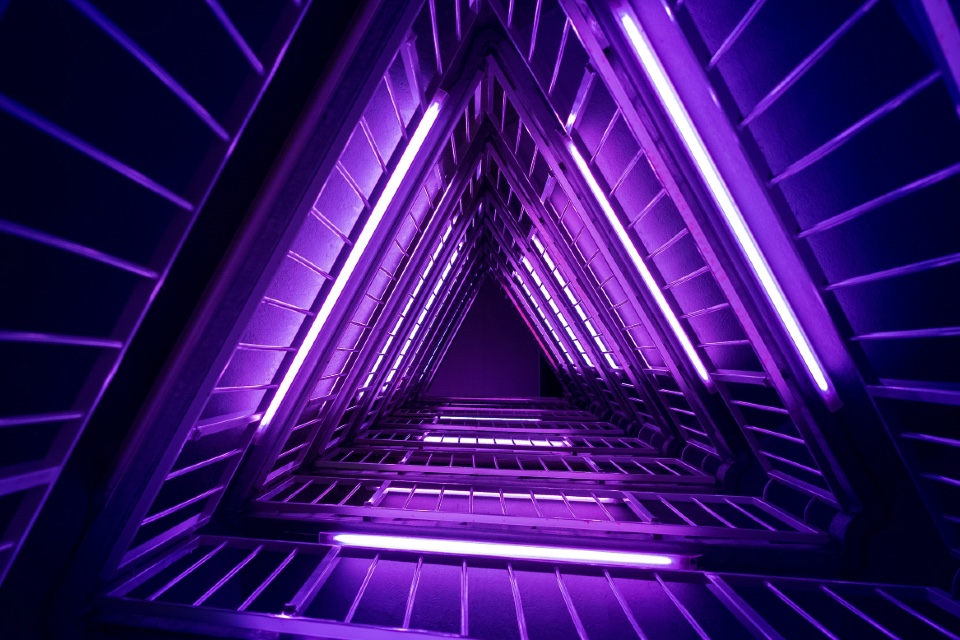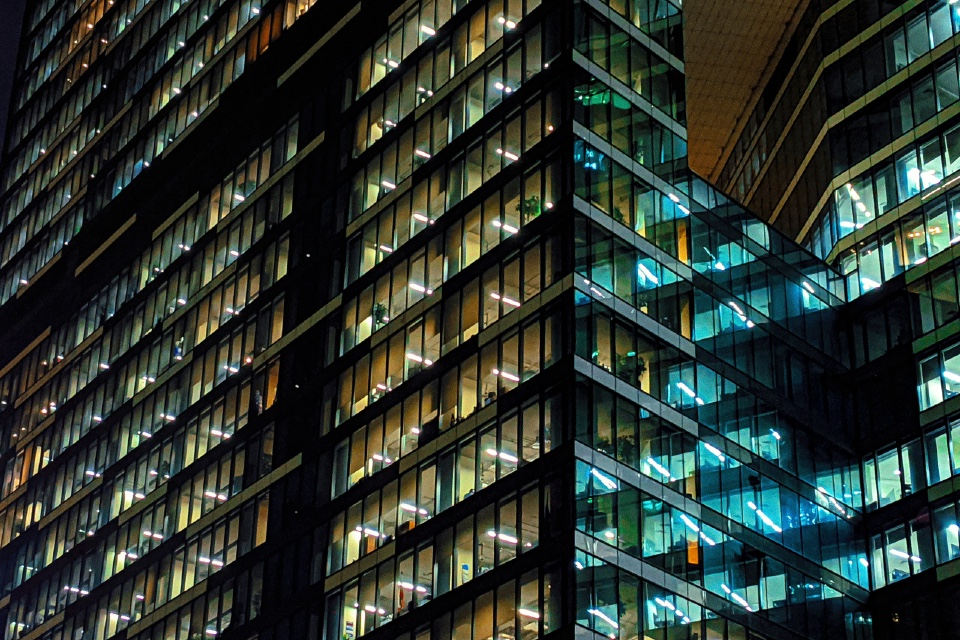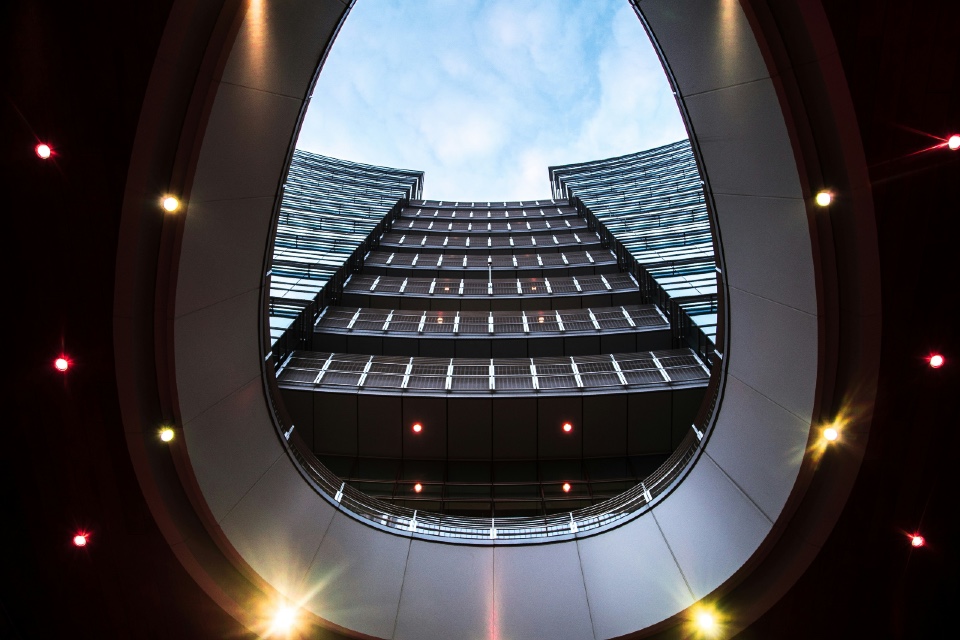Lighting often accounts for up to 40% of a commercial building’s electricity use, making it one of the most significant opportunities for energy savings. The next wave of efficiency is being driven not by bulbs, but by data. IoT-enabled lighting systems, powered by sensors, connectivity, and AI-driven control, are transforming how facilities manage and optimise energy use across entire estates…
The result is a shift from static illumination to dynamic, intelligent lighting ecosystems that adapt to people, patterns, and purpose.
From Manual Control to Real-Time Automation
Traditional lighting systems rely on static schedules or manual switches. IoT-enabled systems go further, embedding sensors, connectivity, and analytics to monitor occupancy, daylight, and usage patterns in real time.
When integrated into a building’s energy management platform, these systems automatically adjust brightness, colour temperature, and timing based on activity. For example, lighting in unoccupied meeting rooms or corridors dims automatically, while natural daylight sensors reduce artificial illumination when sunlight is sufficient.
This level of automation can deliver energy savings of 60% or more, while improving user comfort and operational visibility.
AI-Driven Insights for Efficiency and Maintenance
Artificial intelligence is enabling lighting systems to move beyond reactive energy management into predictive optimisation. AI algorithms analyse historical data to forecast usage peaks, identify anomalies, and fine-tune settings for efficiency.
In addition, smart systems can predict maintenance requirements, flagging failing luminaires or network faults before they cause downtime. This predictive capability reduces both operational costs and disruption—vital for large campuses, hospitals, and public estates.
Lighting as Part of the Smart Building Ecosystem
Lighting is becoming an integral part of the wider Building Management System (BMS). When connected through open protocols and cloud platforms, smart lighting networks can communicate with HVAC, security, and occupancy systems to create coordinated, energy-efficient environments.
For instance, motion sensors used for lighting can also feed data into heating controls, while integrated dashboards provide facilities managers with a single, real-time view of building performance.
This convergence is helping organisations achieve compliance with energy efficiency standards such as ISO 50001, while supporting broader net zero and ESG objectives.
The Future Is Adaptive and Connected
As the cost of sensors and IoT connectivity continues to fall, intelligent lighting will become standard rather than premium. For facilities and energy managers, the focus is shifting from installation to integration, ensuring smart lighting systems talk seamlessly to the rest of the estate.
The smartest buildings of 2026 won’t just light the way: they’ll learn from it.
5 Benefits of IoT-Enabled Lighting Systems
- Major Energy Savings
Smart sensors and adaptive controls automatically adjust lighting based on occupancy and daylight, reducing energy use by up to 60%. - Enhanced User Comfort
Dynamic lighting supports wellbeing and productivity by adapting brightness and colour temperature to activity levels and natural light conditions. - Predictive Maintenance
AI-driven monitoring detects faults and predicts component failures before they happen, cutting downtime and maintenance costs. - Data-Driven Decision Making
Real-time analytics give energy managers detailed insight into usage patterns, enabling continuous optimisation and better ESG reporting. - Seamless Integration with BMS
Connected lighting systems link directly with HVAC, security, and occupancy platforms, supporting unified smart building strategies and ISO 50001 compliance.
Are you searching for Lighting solutions for your organisation? The Energy Management Summit can help!
Photo by Sandro Katalina on Unsplash




